4MA501 Foundations of Probability: Assignment Solutions
VerifiedAdded on 2023/04/21
|8
|1697
|82
Homework Assignment
AI Summary
This document presents solutions to a probability assignment from the course 4MA501 Foundations of Probability. The solutions cover a range of problems, including those related to bivariate normal density functions, moment generating functions, and characteristic functions. The assignment explores the independence of random variables, the weak law of large numbers, and the central limit theorem. Detailed step-by-step solutions are provided for each problem, including calculations of expected values, variances, and probabilities. The problems involve concepts such as probability distributions, conditional probabilities, and the analysis of random variables. The solutions demonstrate the application of key statistical principles and techniques to solve complex probability problems. The document is a valuable resource for students studying probability and statistics, offering comprehensive explanations and insights into the subject matter.
1 out of 8
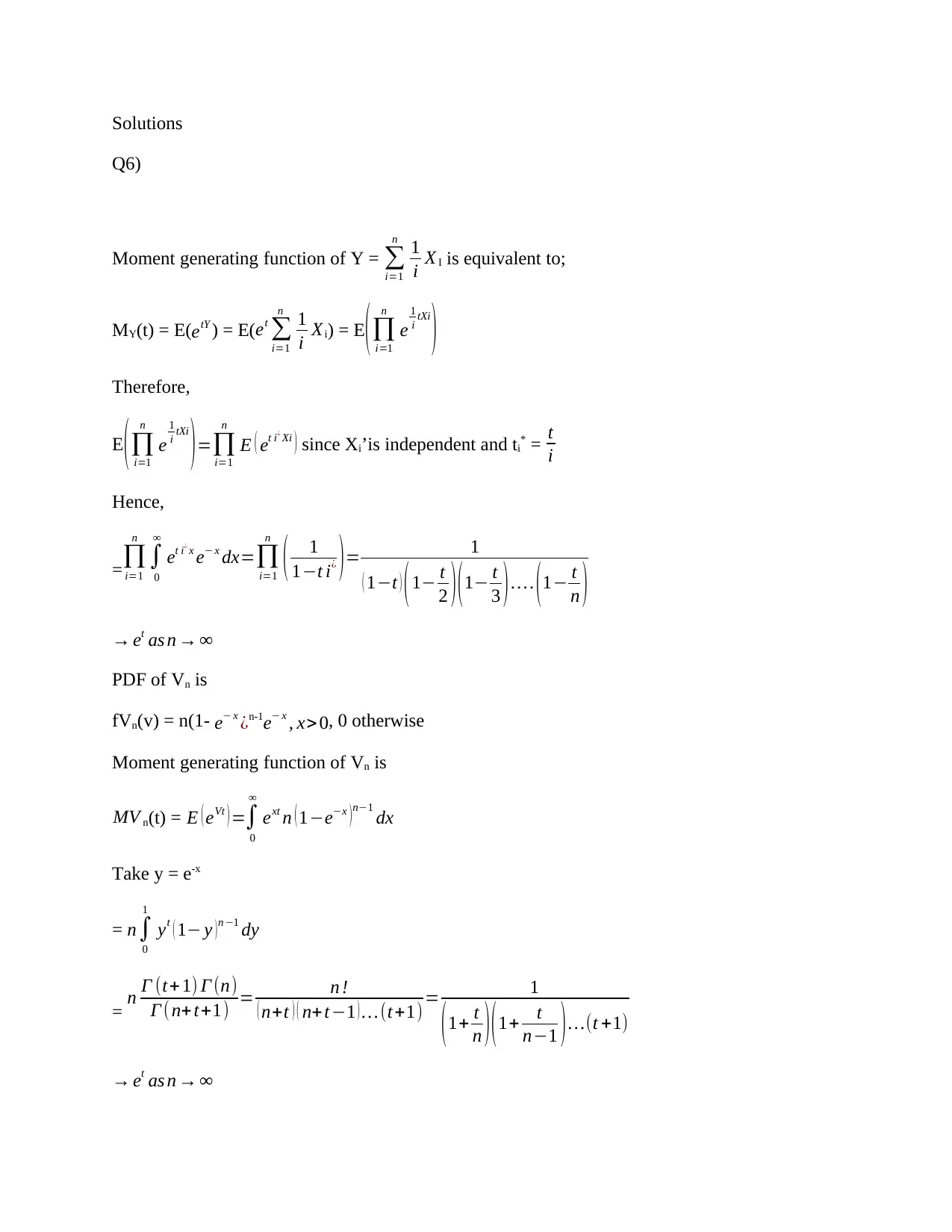
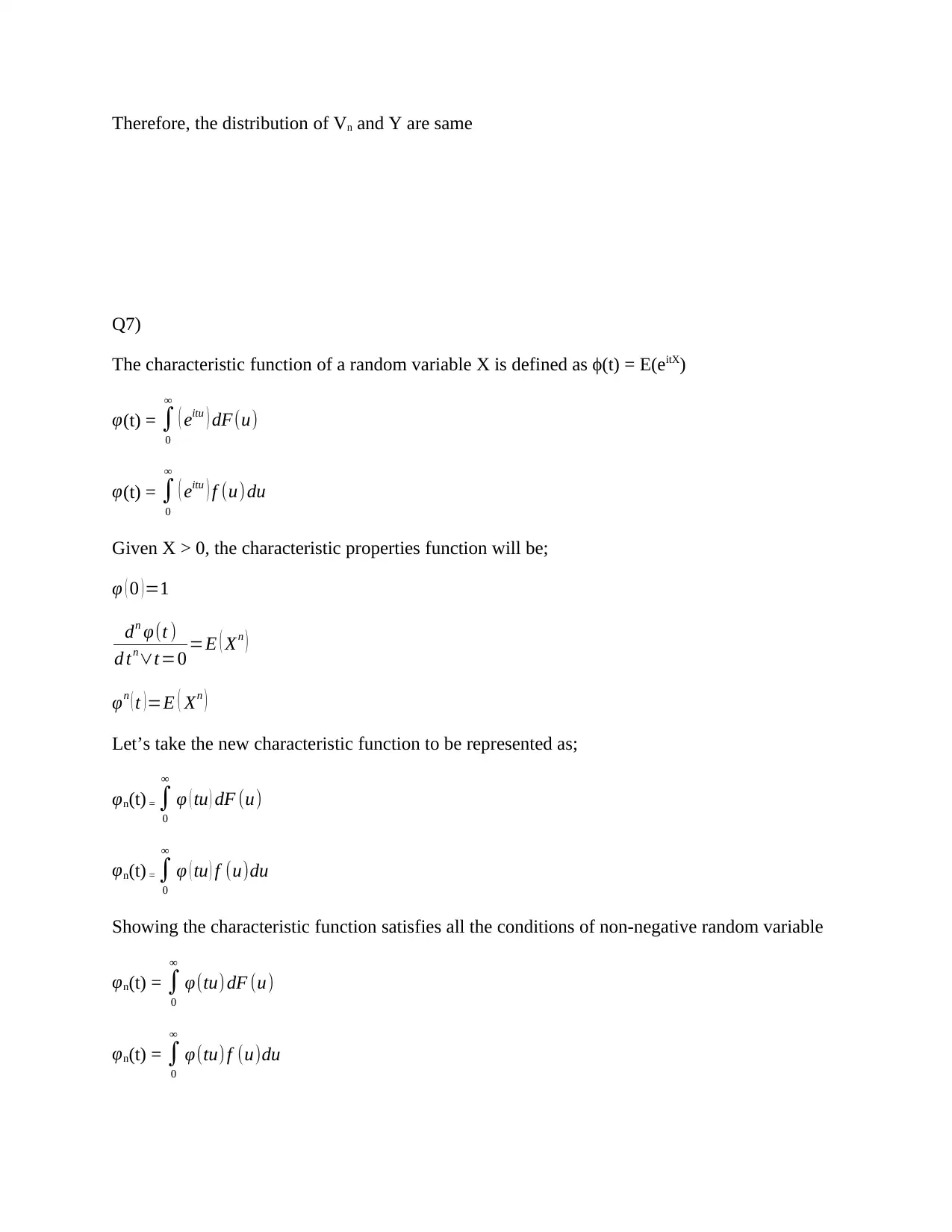
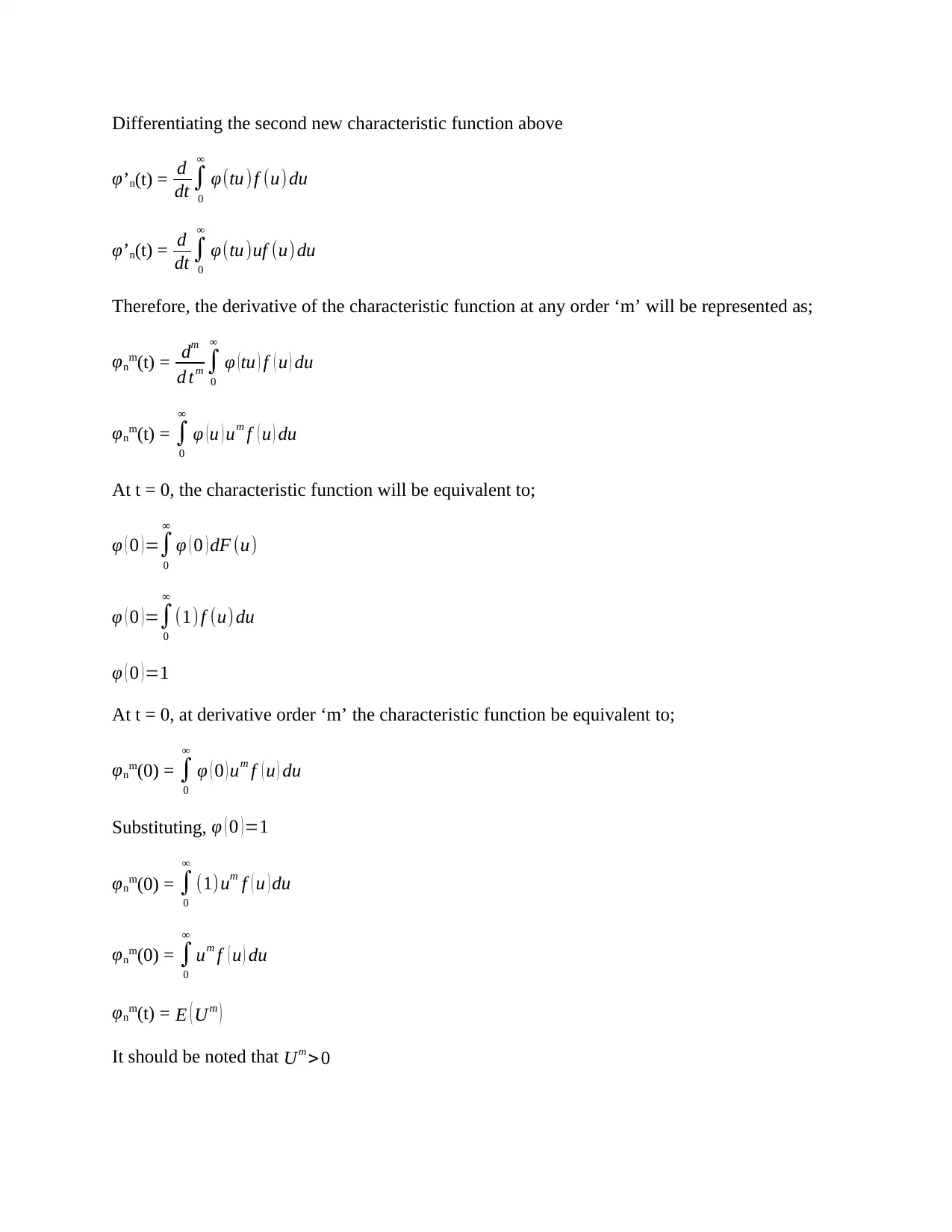

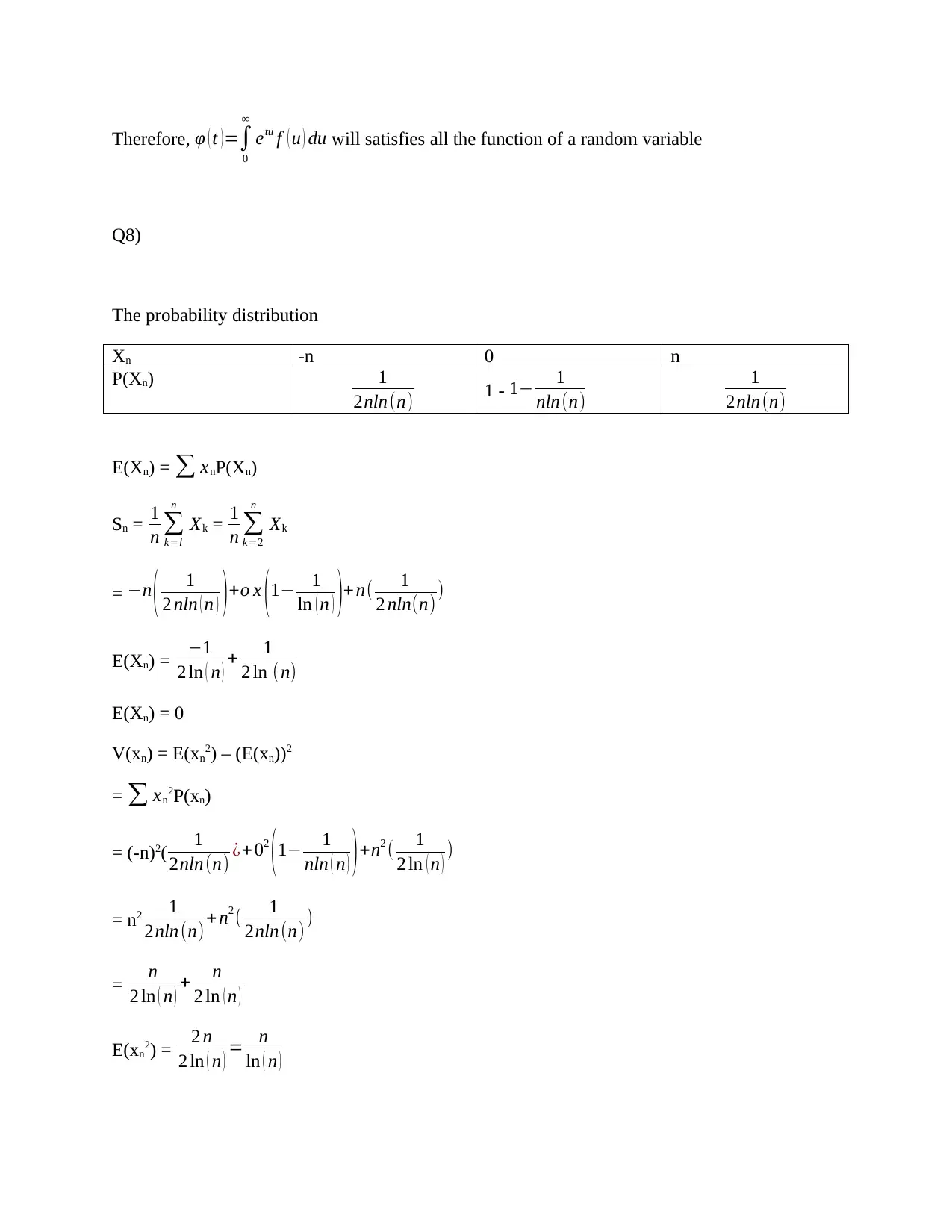
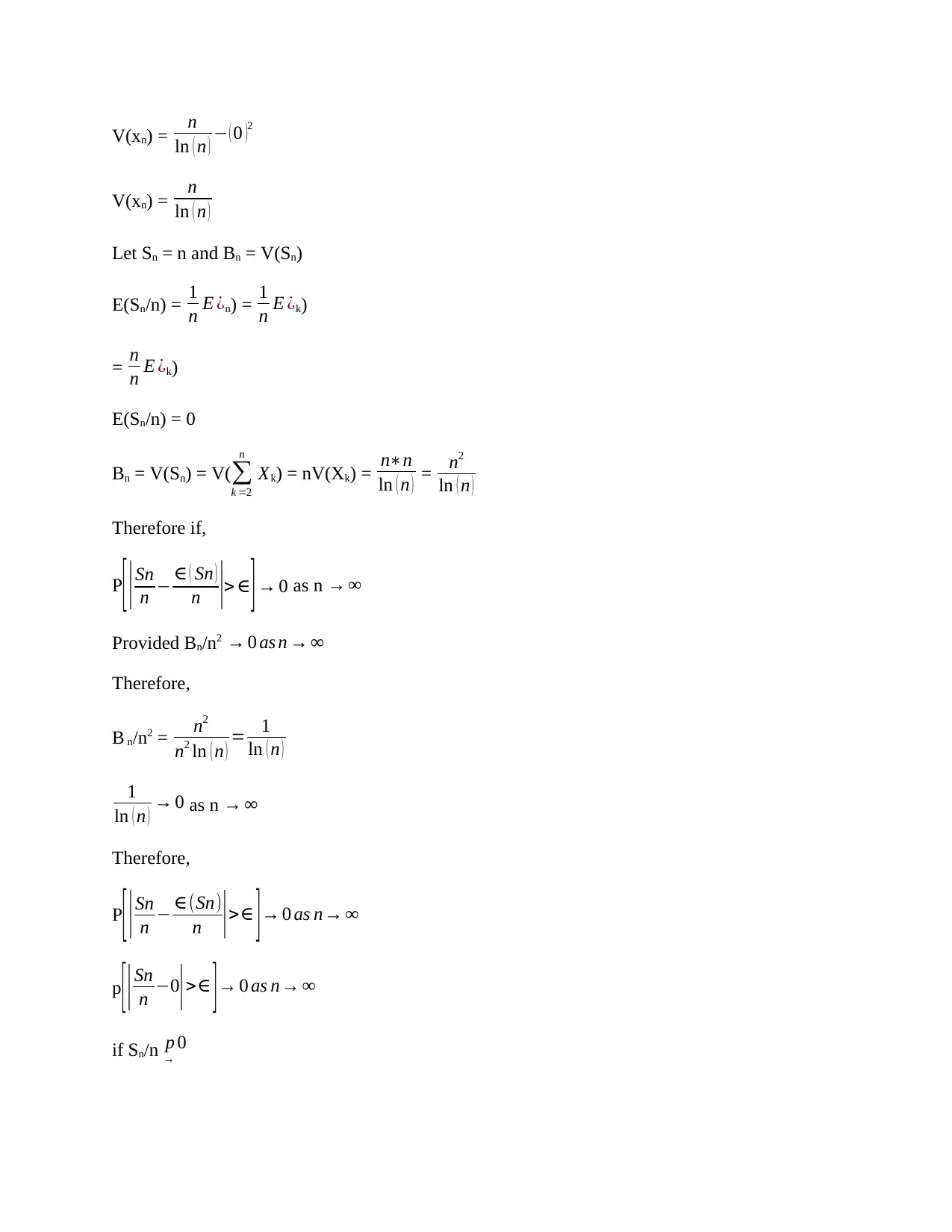
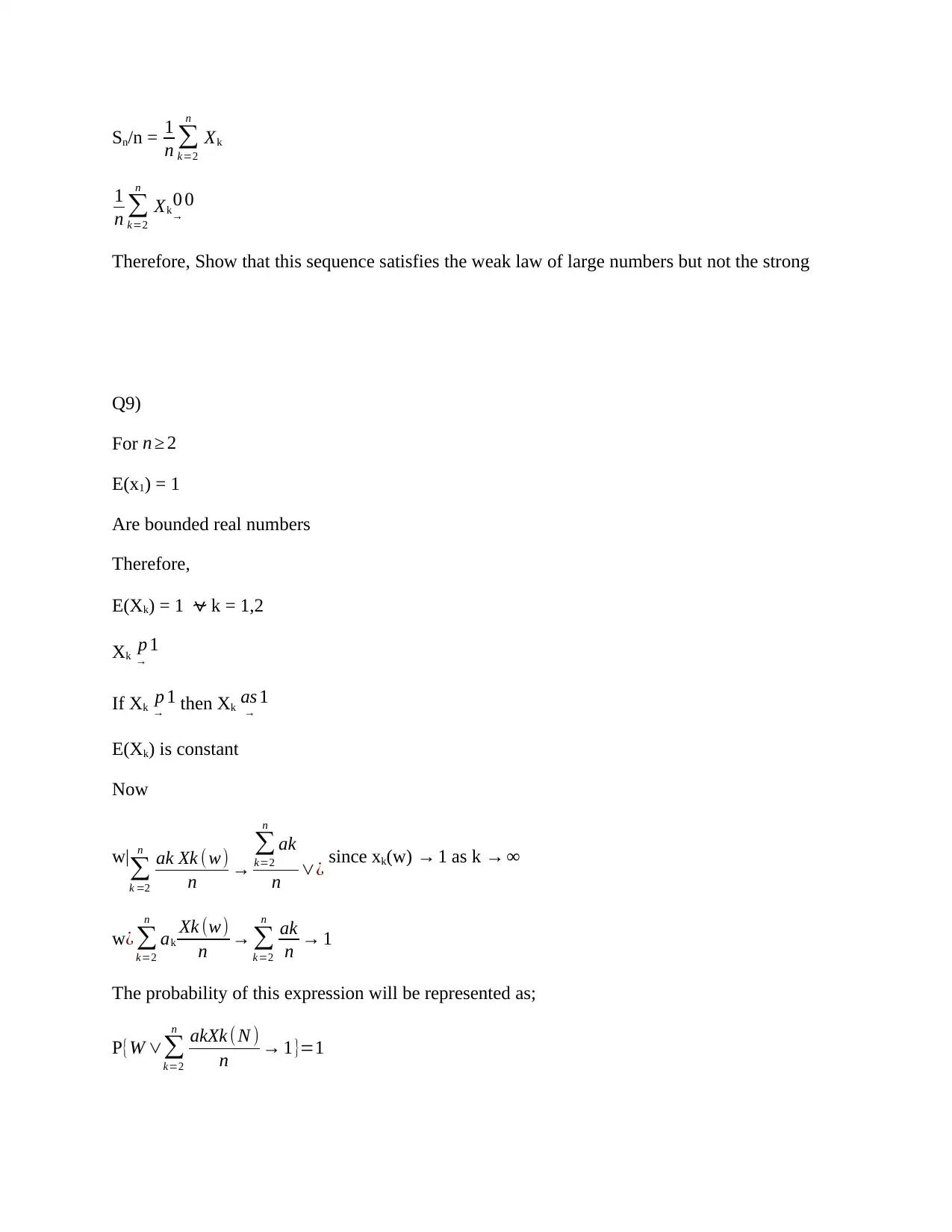
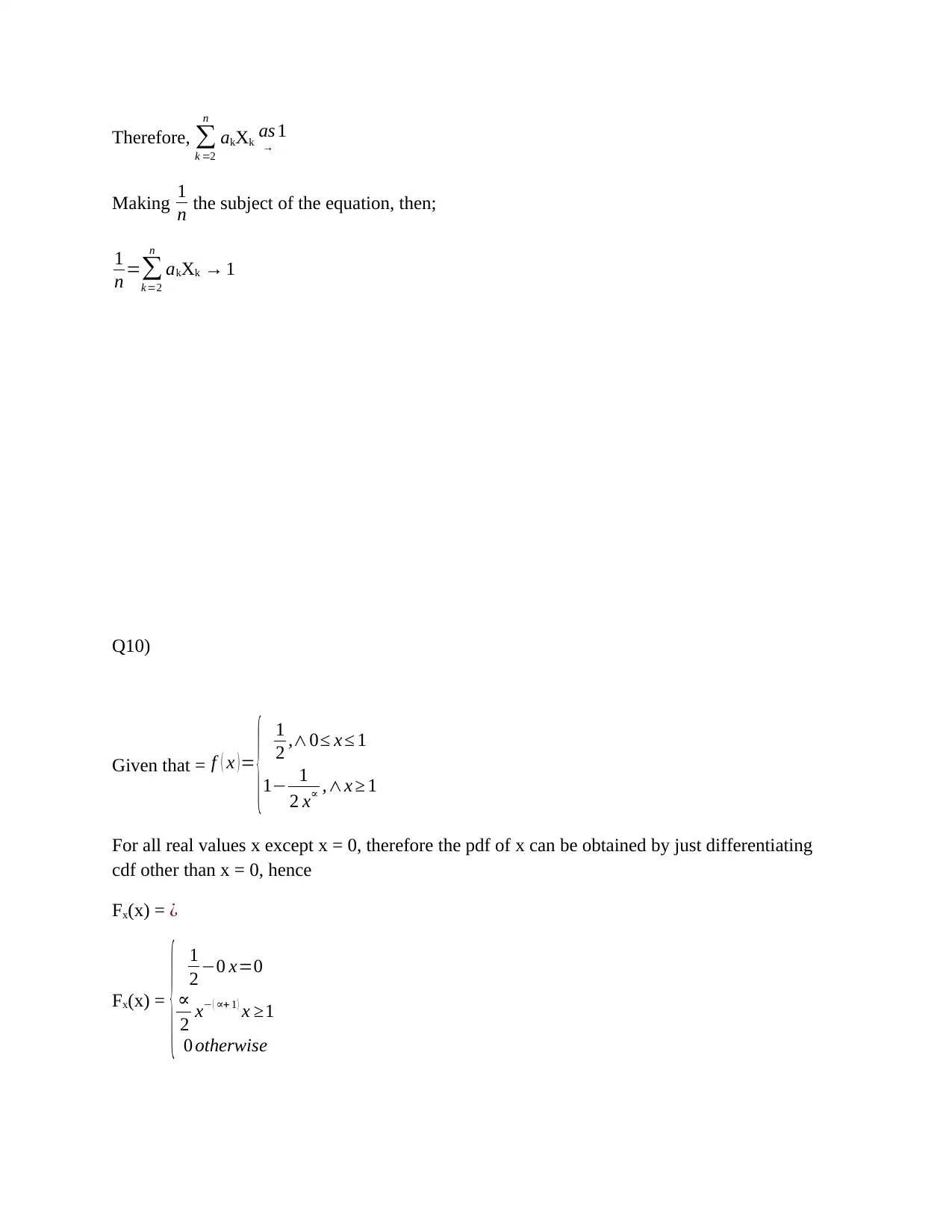
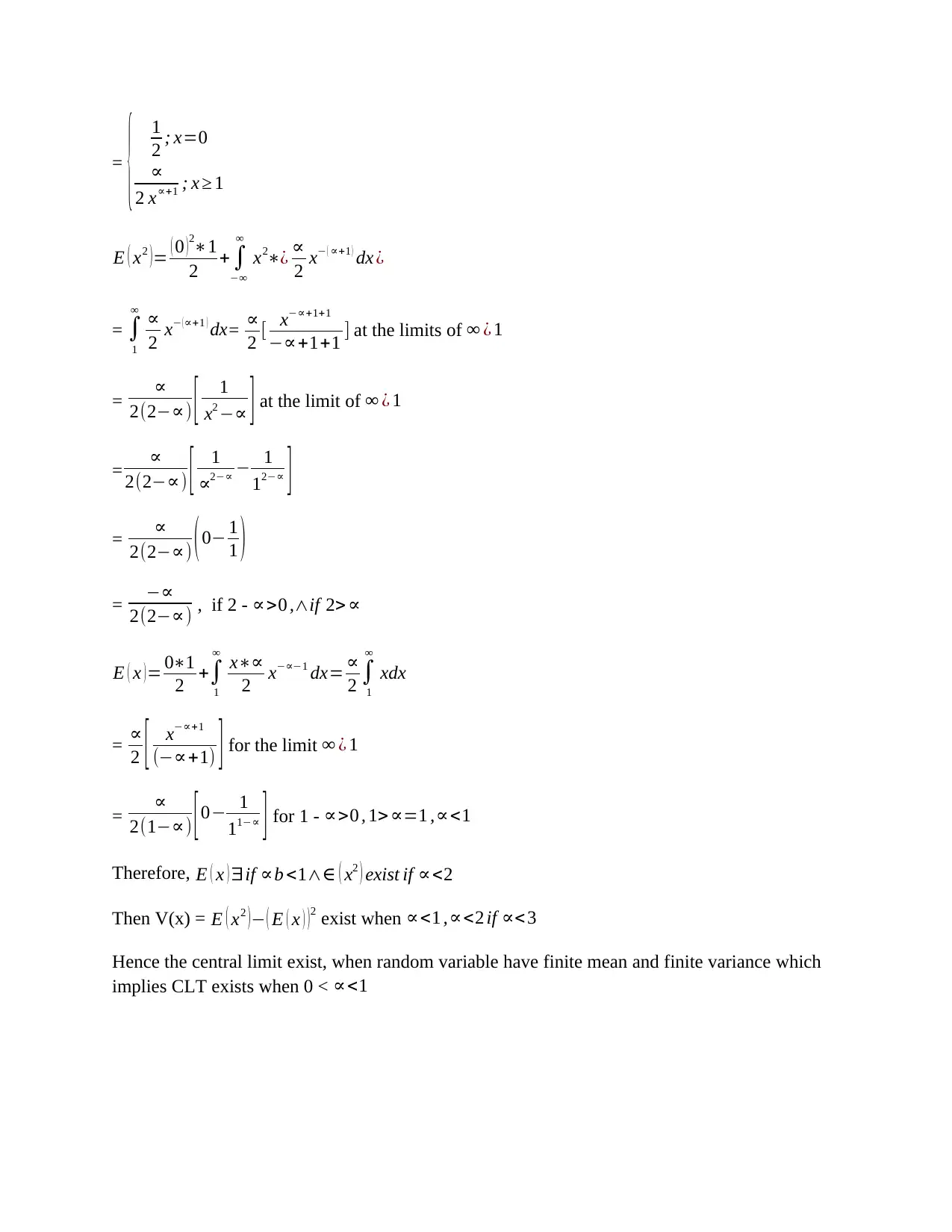






![[object Object]](/_next/static/media/star-bottom.7253800d.svg)